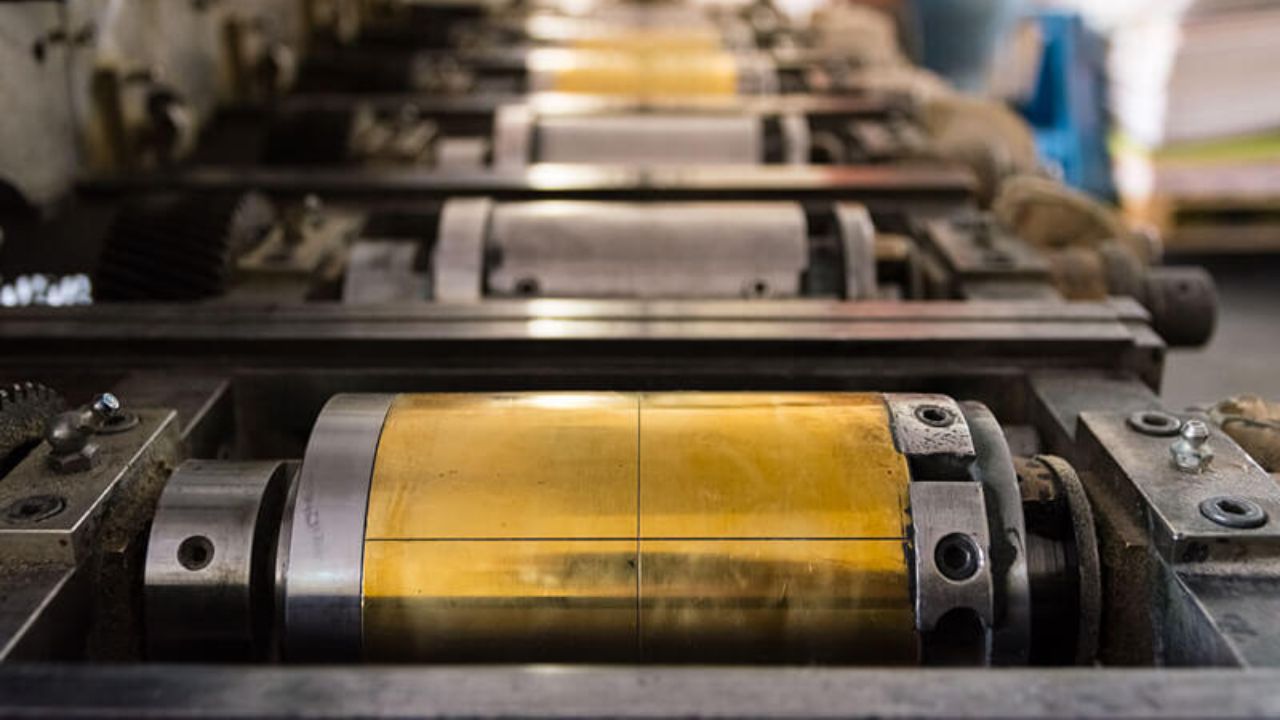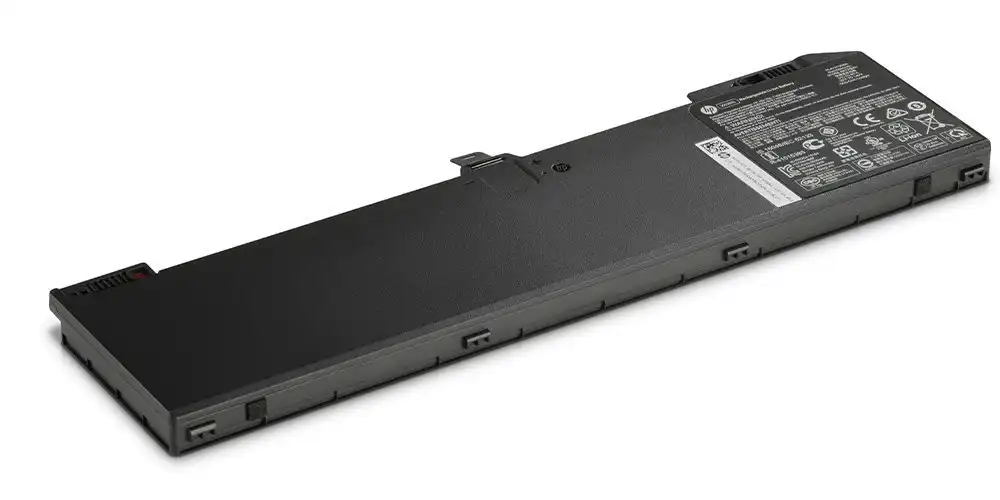The gravure printing which is famous for its capability to render superior images and detailed designs has traditionally incorporated the time-consuming technique of gravure plate making. Earlier this was a manual process and it used chemical treatments which not only needed a lot of expertise but also a lot of time. Now, innovations in cylinder engraving technology have changed things. A gravure printing cylinder is a main component in the gravure printing process. It is now enhanced by modern engraving technology for precise and efficient plate making. This article discusses how engraving technology has revolutionized gravure plate making.
The Traditional Method of Making Gravure Plates
Gravure plate making in the past required a lot of manual work. Designers employed hand tools and chemicals to carve out designs on copper or steel plates. This manual process required a lot of skill and time as well as dexterity because a single mistake could ruin the print quality. Moreover, the use of chemicals raised environmental and safety issues which were not very sustainable.
The advent of Engraving technology
Gravure plate making has also been affected by the new engraving technology that has come into the market. Advanced engraving machines are being used to produce gravure plates using high-end technologies and the following advantages are associated with it.
Increased Precision and Consistency
A major advantage of engraving technology is that it improves the accuracy of the engravings. Machines can engrave very intricate and perfect work, so there will not be a single plate that is not engraved to the required quality. This accuracy is important, especially on complex designs and detailed prints where slight deviations can easily be seen.
Enhanced Efficiency
As for the technology of engraving, it has also improved the productivity of gravure plate production. Compared to the manual methods, automated systems can be capable of generating plates within a very short time. This increased speed not only shortens the amount of time it takes to produce the product but it does so more evenly. The use of automation in repetitious activities relieves competent operators for other operations that may be more efficient in the production line.
Reduced Environmental Impact
The change from mechanical to automation engraving has also contributed to the decrease of environmental effects on the gravure plate making. Semi-automated systems decrease the amount of toxic substances used and cut down on the amount of waste produced, thus being more efficient for the environment. Thirdly, it is possible to note that due to the precise control during the manufacturing process with the help of modern machines, one can state that resources are used more efficiently.
Improved Design Capabilities
In this context, the technology of engraving has opened up new opportunities for creating gravure plates. Thanks to the ability of modern machines to work with the high density of patterns and details, the freedom of creating unique and outstanding prints increases significantly. It opens up a new dimension for designers to work on new ideas and get results that could not have been done manually.
Conclusion
Advancements have been made in gravure plate making due to the shift from manual engraving to machine engraving technology. Thus, with improved accuracy, higher speed, less pollution, and better design solutions, the modern technology of engraving has changed the industry. Therefore, gravure plate production is expected to be even more refined in the future as new technologies are developed, which will emphasize the advantages of the automated system in the sphere of printing.








